Crayfish farming is rapid, but we need to pay attention to these problems!
At present, with the rapid development of crayfish culture, the continuous expansion of culture area and the increasing number of people, there will be many unexpected problems in the process of crayfish culture. if not dealt with correctly in time, it will cause diseases or death of crayfish and restrict the development of crayfish industry.
First, in the early stage of crayfish culture, when preparing for the pond, we often encounter some problems, if not handled properly, it will bring losses to crayfish culture.
1. Low temperature, fertilizer and water
Aquaculture fertilizer and water must be carried out in the overwintering process of crayfish culture, and the water body is green and brown. At this stage, commonly used fertilizers include compound fertilizer and biological fertilizer, which have their own characteristics. Generally, after detoxification, biological fertilizer is commonly used in winter and spring. There is no need to deliberately pursue green algae water, diatom water, high dissolved oxygen in water, good water plants, clear water without growing moss and stability.
2. Inoculation of bacteria
When the water temperature reaches more than 10 ℃ in spring, the microbial activity should be strengthened, and the beneficial bacteria such as Bacillus subtilis, lactic acid bacteria and yeast should be added to become the dominant bacteria. It can purify water quality, prevent moss and reduce the incidence of disease.
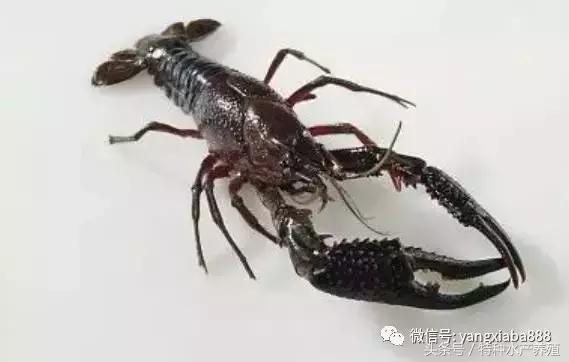
3. Remove moss
If the water body is too shallow or the water body is thin, it is easy to grow moss, generally deepen the water level, use some moss medicine to deal with it, and remove the moss after fat and water. However, it is difficult to detect and deal with it as soon as possible, if there is too much moss in the water.
Second, some diseases will occur during crayfish culture. since the middle of April, many farmers continue to pick up shrimp every day in order to sell more shrimp, so substandard shrimps are easy to be injured in the process of raising and releasing prawns. and then lead to bacterial infection and death.
1. Hepatobiliary syndrome. In May, when the temperature rose, the crayfish's food intake also increased. in order to make the crayfish appear on the market as soon as possible, the farmers blindly increased the feeding amount and fed high-protein feed, which led to heavy liver load of the shrimp and easy to induce hepatobiliary syndrome. Lead to a large number of crayfish death during the disease.
2. Lack of dissolved oxygen. In May, the growth of Elorella in some shrimp ponds was too dense, even grew out of the water, but the farmers did not branch and mow the grass head in time. If the grass does not mow the grass head in time, the grass that grows out of the water will easily die, rot and spoil the water quality, and the grass will compete with the crayfish for space and dissolved oxygen, and some farmers' shrimp ponds are not recommended. Temperature high shrimp without sunshade and molting place, easy to form red shrimp, is not conducive to molting. So the size of crayfish is smaller.
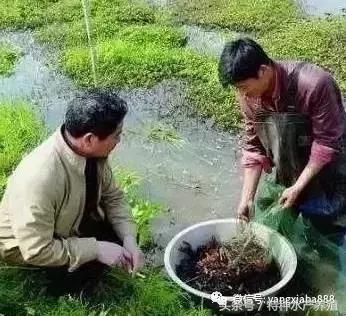
3. In the process of breeding, crayfish molting is the most important. Only shrimp molting can grow. Often, farmers will see crayfish molting failed, or die after molting, or be eaten by prawns. Many novice crayfish farmers do not know how much to put in when they put their seedlings, and some farmers also put a relatively large density in order to pursue high yield. in the early stage, the temperature is low, and the size of shrimp seedlings is small, but in the later stage, the shrimp grows up gradually and the temperature rises. the amount of food is also increased, so it is easy to muddy the water, entrainment is serious, and it is easy to lack oxygen.
Some diseases in crayfish culture and their prevention and control measures:
1 white spot disease
White spot disease is a viral disease, and the outbreak is directly related to water temperature, water quality and the physique of shrimp. The general outbreak time is May or June. It can be prevented by regularly adding new water to reduce the water temperature, regulating the water quality with water quality improvers and strengthening the physique by taking trace elements or reducing the culture density. At present, there is no better treatment plan.
2 soft shell disease
Etiology: lack of calcium in the body, in addition, lack of light, low pH value for a long time, too thick silt at the bottom of the pond, excessive density of shrimp seedlings, and long-term feeding of a single diet can also lead to the disease.
Symptoms: soft and thin shell, non-red body color, poor activity, poor foraging, slow growth and poor coordination.
Prevention: (1) dredging in winter; (2) clearing the pond with quicklime and sprinkling with 25 mg / liter quicklime every 20 days after release; (3) controlling the stocking density; (4) the area of aquatic plants in the pond does not exceed 30% of the pond area; (5) bait diversification, appropriate increase of calcium bait.
3 rotten shell disease
Etiology: caused by Pseudomonas aeruginosa myxobacteria Vibrio or Flavobacterium infection.
Symptoms: there are obvious festering spots on the diseased shrimp shell, the spots are grayish white, when severe fester is black, the spots are sunken, there are holes, and finally lead to internal infection and even death.
Prevention: (1) careful operation when transporting seedlings, do not enter the pond, disinfect the seedlings with 3% salt water for 5 minutes before entering the pond; (2) operate carefully and try not to hurt the seedlings; (3) keep the pond water clean; (4) adequate bait; (5) sprinkle 25 mg / limed water in the whole pool every 15 to 20 days.
4 black Gill disease
Etiology: shrimp Gill is caused by fungal infection.
Symptoms: the Gill changes from flesh color to brown or dark brown until it blackens and the Gill tissue atrophies and necroses. The activity of sick young shrimp is weak, and most of them crawl slowly at the bottom of the pond and stop eating. Sick adult shrimps often surface or cling to water plants to expose the water, do not enter the cave, move slowly, and finally die because of difficulty breathing.
Prevention: (1) replace the pond water and remove the residual bait and decayed matter in the pond in time; (2) disinfect the water body regularly with 25 mg / liter quicklime; (3) often feed green feed; and (4) in the middle and later stages of adult shrimp culture, put some toads in the pond.
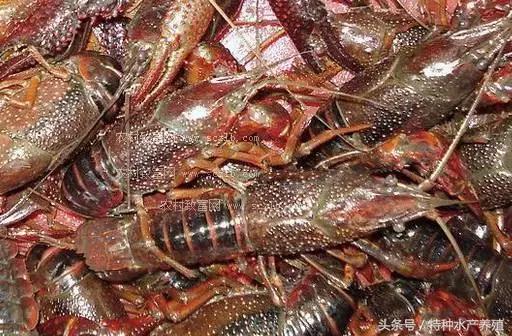
5 ciliosis
Etiology: caused by the parasitism of ciliates, the main parasitic species include condensed worms, bell worms, monosodium worms and cumulus worms.
Symptoms: dirt is attached to the body surface, appendages and gills, and the surface of the shrimp is covered with a layer of white flocs, resulting in reduced activity of crayfish and loss of appetite.
Prevention: (1) keep the pool water fresh; (2) remove dirt from the pond; (3) remove silt in winter.
6 crayfish blast blight
Etiology: caused by fungi.
Symptoms: there are yellow or brown spots on the body surface of diseased shrimp, and fungal filaments can be found at the base of appendages and legs. Diseased shrimp is dull, the activity is weakened or abnormal, and in serious cases, it will cause a large number of diseased shrimp to die.
Prevention: (1) keep the water fresh and maintain normal water color and transparency; (2) properly control the stocking density; (3) desilting in winter; (4) pay attention to disinfection at ordinary times.
7 rotten tail disease
Causes: crayfish are injured, cannibalized or infected by chitin-decomposing bacteria.
Symptoms: at the initial stage of infection, there are small sores in the tail of diseased shrimp, edge ulceration, necrosis or incomplete. With the deterioration of the disease, ulceration develops from the edge to the middle. In severe infection, the whole tail of diseased shrimp fester and fall.
Prevention: (1) do not pile up and damage the shrimp body when transporting and releasing the young shrimp; (2) the bait should be fully and evenly during the breeding period.
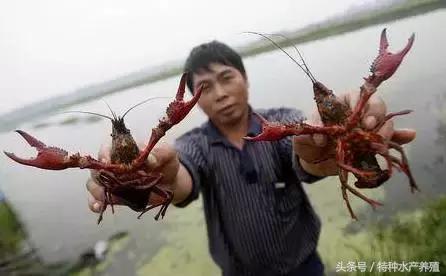
8 hemorrhagic disease
Etiology: caused by Aeromonas aerogenes.
Symptoms: the body surface of the diseased shrimp was covered with bleeding spots of different sizes, especially the appendages and abdomen were more obvious, the anus was red and swollen, and soon died.
Prevention: (1) keep the water fresh, maintain normal water color and transparency; (2) clear silt in winter; (3) pay attention to disinfection at ordinary times.
9 water mildew
Etiology: caused by water mold infection.
Symptoms: a gray-white, cotton floc-like hyphae attached to the body surface of diseased shrimps. Diseased shrimps are generally seldom active, do not look for food, and do not enter caves.
Prevention: (1) when the water temperature rises above 15 ℃, sprinkle with 25 mg / limed water every 15 days; (2) cut off excessive water plants to increase sunshine; (3) put an end to disabled shrimp seedlings into the pond, water mildew and dead fish can not be used as feed; (4) 2 grams of gallnut per cubic meter of water, diluted and sprinkled throughout the pond.
10 unsuccessful molting
Cause: the growing body of water lacks certain elements.
Symptoms: the diseased shrimp shows cracks at the junction of its head, chest and abdomen, and the whole body is black.
Prevention: (1) sprinkle with 25 mg / limed water in the whole pool every 15 days, and (2) sprinkle with calcium superphosphate 1 mg / liter water every month.
Treatment: (1) 1 ‰ ~ 2 ‰ ecdysin was mixed into the feed, (2) bone meal and eggshell powder were mixed into the feed to increase calcium in the feed.
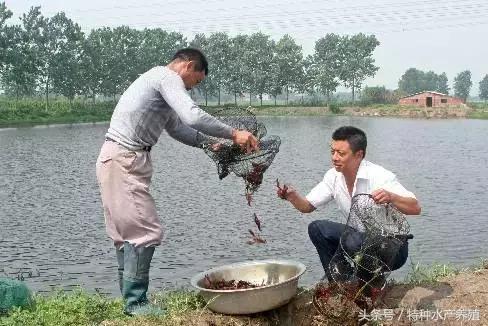
11 edema disease
Etiology: crayfish were infected with Aeromonas hydrophila after abdominal injury.
Symptoms: edema in the head and chest of diseased shrimp, showing transparent shape. The sick shrimp crawled in the grass by the pool, did not eat and did not move, and finally died in the shoal by the pool.
Prevention and treatment: in the production operation, minimize crayfish injury.
12 frostbite
Cause: when the water temperature is below 4 ℃, the shrimp will be frostbitten.
Symptoms: when the lobster frostbite, the head and chest nail is obviously enlarged, and the abdominal muscles appear leukoplakia. With the aggravation of the disease, the leukoplakia also changes from small to large, and finally extends to the whole body. The diseased shrimp is in a state of shock at first, lying on its back or lying on its side in the diving grass. In severe cases, there are symptoms such as paralysis and rigor, and soon die.
Prevention and treatment: (1) in early winter, when the water temperature falls below 10 ℃, the water level should be deepened; (2) during overwintering, organic fertilizer or rice straw can be put into the pond to promote bottom microbial fermentation and increase water temperature; (3) in autumn and winter, pay attention to more fatty bait, such as bean cake, peanut cake, rapeseed cake and so on.
13 spastic disease
Cause: in the hot season, adult shrimp are frightened due to frequent fishing.
Symptoms: the main symptoms are the bending of the abdomen of adult shrimp, the serious individual head and chest below to the tail is obviously stiff, and lying on the side at the bottom of the water does not move, can not return to normal for a long time after catching, although the light can do a short paddling, but the body is hunched, can not stretch, there are diseased shrimp abdomen white, but opaque.
Prevention and control: (1) avoid fishing as far as possible in the high temperature season; (2) often change new water in production, raise the water level and improve water quality; (3) after the disease, add new water in time for 5 consecutive days.
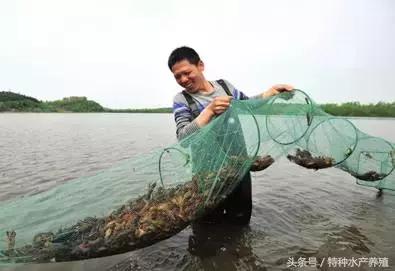
14 malformations
Etiology: excessive heavy metal salts and lack of certain nutrients in pond water.
Symptoms: the body of diseased shrimp is bent, some tails are bent, some tails are atrophied, and some appendages are curved, even incomplete. The phototaxis of the larvae are poor, their activities are weak, and most of them sink to the bottom of the water, making it very difficult to molt.
Prevention and control: (1) strengthen feeding management, feed more calcium, phosphorus and nutrient-rich feed, (2) when parent shrimp hold eggs and hatch, it is appropriate to control the water temperature of 22-25 ℃, at the same time, heavy metal salts such as zinc, copper and chromium should be strictly prohibited to keep the pond water clean and pollution-free.
15 Pan Pool
Etiology: mainly due to lack of oxygen in the pool water.
Symptoms: pond shrimp in the lack of oxygen, restless, everywhere, sometimes groups climb to the shore in the grass do not move, and some climb ashore, such as leaving the pool for a long time leading to death.
Prevention and control: (1) during the winter leisure period, it is necessary to remove too much silt and freeze the bottom of the pond; (2) use fermented organic fertilizer to control the excessive concentration of water quality; (3) control the stocking density of shrimp species; (4) often add new water to keep the pond water fresh.
The diseases of crayfish are related to the bottom and water quality of culture ponds or paddy fields. Therefore, in the process of culture, we insist on changing the bottom and hydrolyzing every 10 days, keep the geology and water quality fresh for a long time, and create a good ecological environment for crayfish. It can not only reduce the occurrence of crayfish diseases, but also promote the growth of crayfish.
- Prev
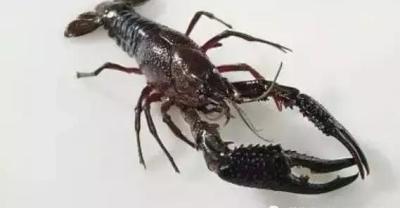
Culture methods and matters needing attention of Hongcai Pavilion
Red Pavilion is usually very strange to everyone, including very little information about it on the Internet, but anyone who has seen it knows it.
- Next
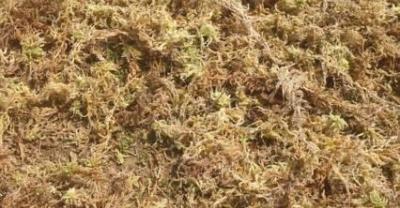
Water quality Management Technology of Crayfish Culture Pond
Freshwater crayfish are very adaptable to the environment and can endure hypoxia. They can even directly use oxygen in the air, but they are exposed to hypoxia for a long time, water quality is too fertile or.
Related
- On the eggshell is a badge full of pride. British Poultry Egg Market and Consumer observation
- British study: 72% of Britons are willing to buy native eggs raised by insects
- Guidelines for friendly egg production revised the increase of space in chicken sheds can not be forced to change feathers and lay eggs.
- Risk of delay in customs clearance Australia suspends lobster exports to China
- Pig semen-the Vector of virus Transmission (4)
- Pig semen-the Vector of virus Transmission (3)
- Five common causes of difficult control of classical swine fever in clinic and their countermeasures
- Foot-and-mouth disease is the most effective way to prevent it!
- PED is the number one killer of piglets and has to be guarded against in autumn and winter.
- What is "yellow fat pig"? Have you ever heard the pig collector talk about "yellow fat pig"?

